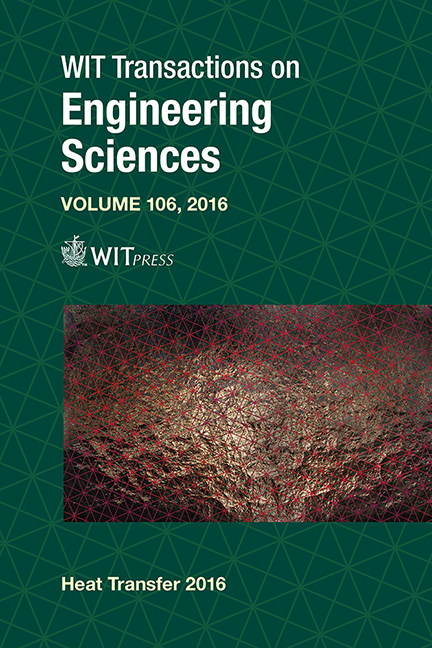Energy Efficiency Of Flooded Roofs: The University Of Alicante Museum
Price
Free (open access)
Transaction
Volume
106
Pages
13
Page Range
163 - 175
Published
2016
Size
1,248 kb
Paper DOI
10.2495/HT160161
Copyright
WIT Press
Author(s)
V. Echarri Iribarren, A. Espinosa Fernández, A. Galiano Garrigós
Abstract
Inverted flat roofs were adopted as a common construction solution throughout the Modern Movement. They require greater protection of the waterproofing layer and sufficient thermal insulation. Depending on the climate conditions, a thicker or thinner thermal layer is installed and energy saving in keeping with the climatic conditions, regulations or national or regional energy policies is obtained. However, the common construction systems tend to be focused on minimising the construction costs of each project, using thermal insulation layers of extruded polystyrene, a modified bitumen waterproofing layer and a finishing layer of 5 cm of gravel. In the case of trafficable roofs, this layer is substituted with ceramic or hydraulic concrete paving. These solutions have given rise to an enormous reduction in the thermal mass of the roof layers located above the isolation layer and consequently, a lack of thermal inertia with which to cushion the effect of the thermal wave of the outdoor environment produced in the indoor climate of the building. Roofs flooded with water in climatologies which allow their application generate significant thermal inertia depending on the depth of the water. They reduce the amplitude of the thermal wave produced in the inside temperature of the buildings by the external thermal variations, generating a considerable increase in comfort and a reduction in energy consumption. This paper outlines the research carried out in the Alicante University Museum. The whole building and its flooded roof have been monitored over a full year cycle and data has been obtained regarding the dry interior temperatures of each layer of the walls, outdoor temperatures and solar radiation, relative humidities, etc. Through the use of simulation tools, comparative results of this roof with respect to inverted flat roofs have been obtained, such as the decrement factor and the heat wave.
Keywords
flooded roofs, thermal inertia, energy efficiency, thermal insulation





